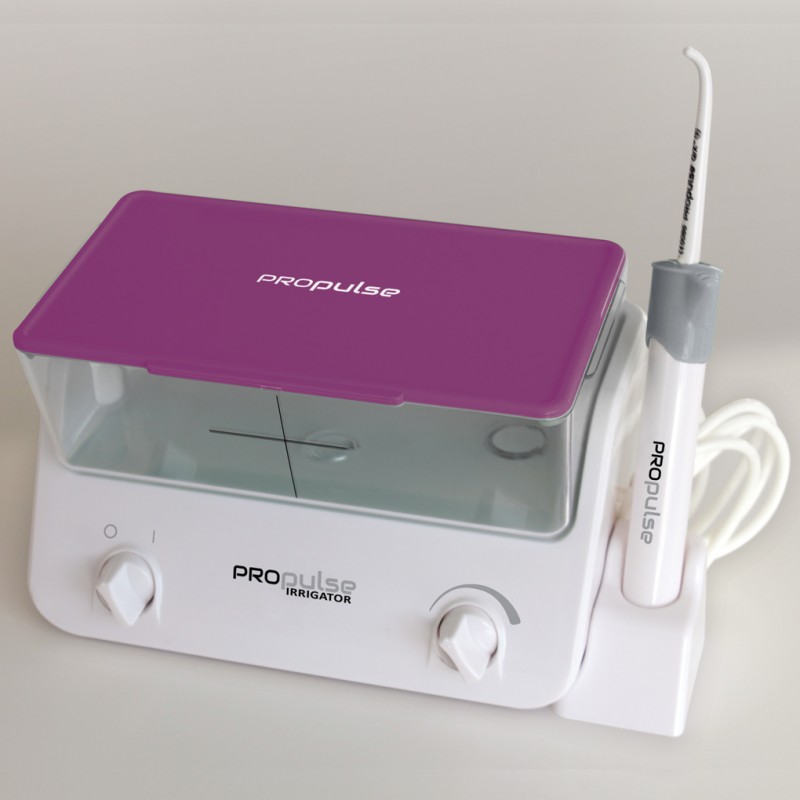Ear Irrigation / Syringing
Simply Ears
What is ear irrigation (previously known as syringing)
Ear irrigation is a classic method for removing earwax. Irrigation involves rinsing the ear canal with warm water which is introduced under a gentle pressure via specialised equipment to reduce the risk of discomfort. An electronic ear irrigator is used, rather than a metal syringe as happened in the past, to avoid damaging the ear. The irrigator has a variable pressure control so that syringing can begin at the minimum pressure. This helps to dislodge and remove wax build up in the ear canal.
Ears irrigation is a widely used and safe technique, but it may not be suitable for everyone, especially those with a history of ear problems or perforated eardrums.
You will be required to soften the wax with olive oil ear drops or spray for 3 days prior to ear irrigation
Prices
Ear Irrigation one ear £45
Ear irrigation both ears £65
Ear examination if no wax found £10
Home visits can be arranged for housebound patients.
An additional £20 home visit fee will apply.
Ear Irrigation Consent form

Selected links
Ear wax
https://patient.info/ears-nose-throat-mouth/hearing-problems/earwax
Earache
https://patient.info/ears-nose-throat-mouth/earache-ear-pain
Hearing loss
https://patient.info/ears-nose-throat-mouth/hearing-problems
Eustachian Tube Dysfunction (ETD)
https://patient.info/ears-nose-throat-mouth/earache-ear-pain/eustachian-tube-dysfunction
Middle ear infections (otitis media)
https://patient.info/ears-nose-throat-mouth/earache-ear-pain/ear-infection-otitis-media
Outer ear infections (otitis externa)
https://patient.info/ears-nose-throat-mouth/earache-ear-pain/ear-infection-otitis-externa
Fungal ear infection
https://patient.info/ears-nose-throat-mouth/earache-ear-pain/fungal-ear-infection
Perforated eardrum
https://patient.info/ears-nose-throat-mouth/hearing-problems/perforated-eardrum
Barotrauma to the ear
https://patient.info/ears-nose-throat-mouth/earache-ear-pain/barotrauma-of-the-ear
Boil in the ear canal
https://patient.info/ears-nose-throat-mouth/earache-ear-pain/boil-in-the-ear-canal
Tinnitus
https://patient.info/ears-nose-throat-mouth/tinnitus-leaflet

